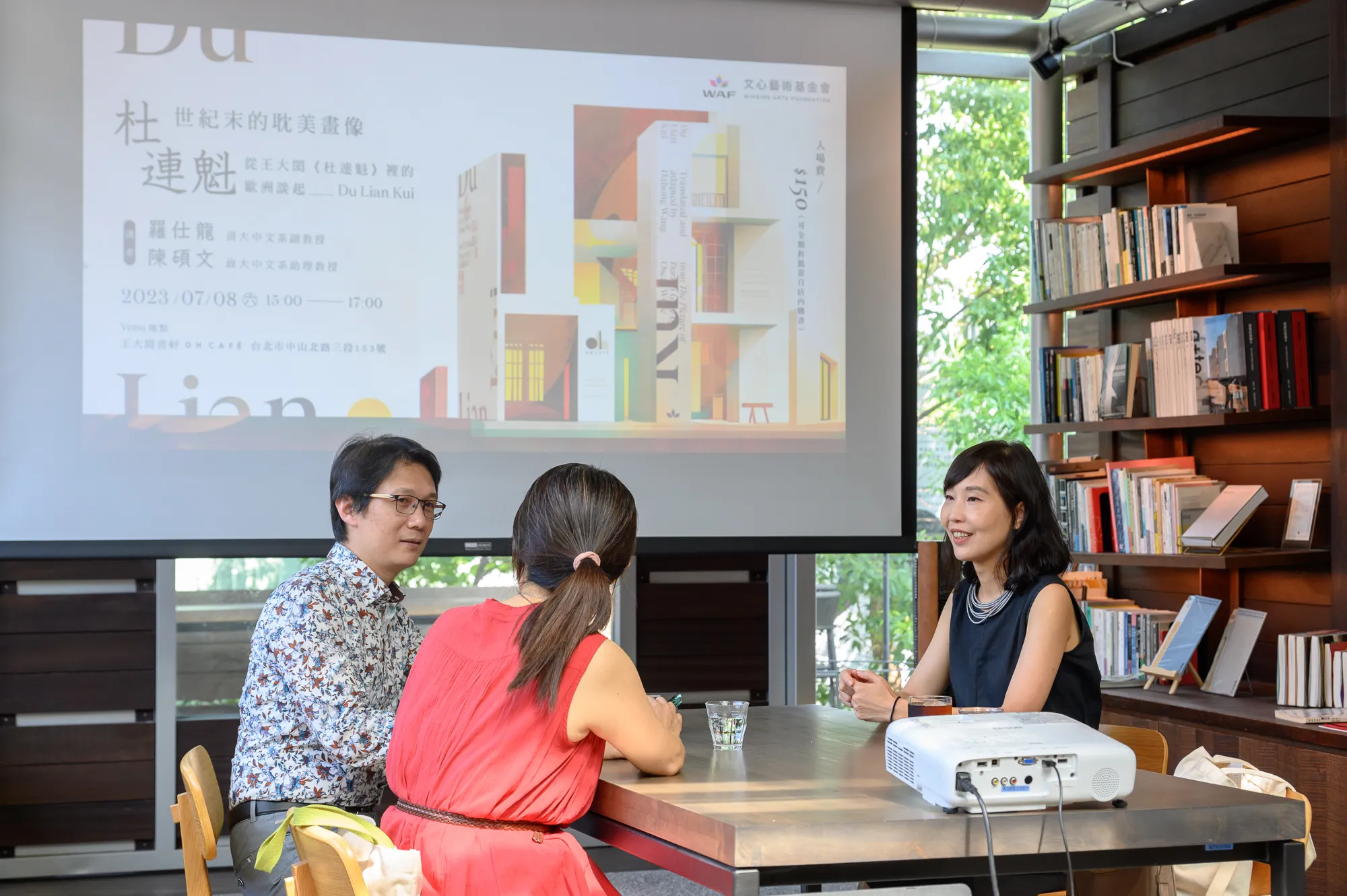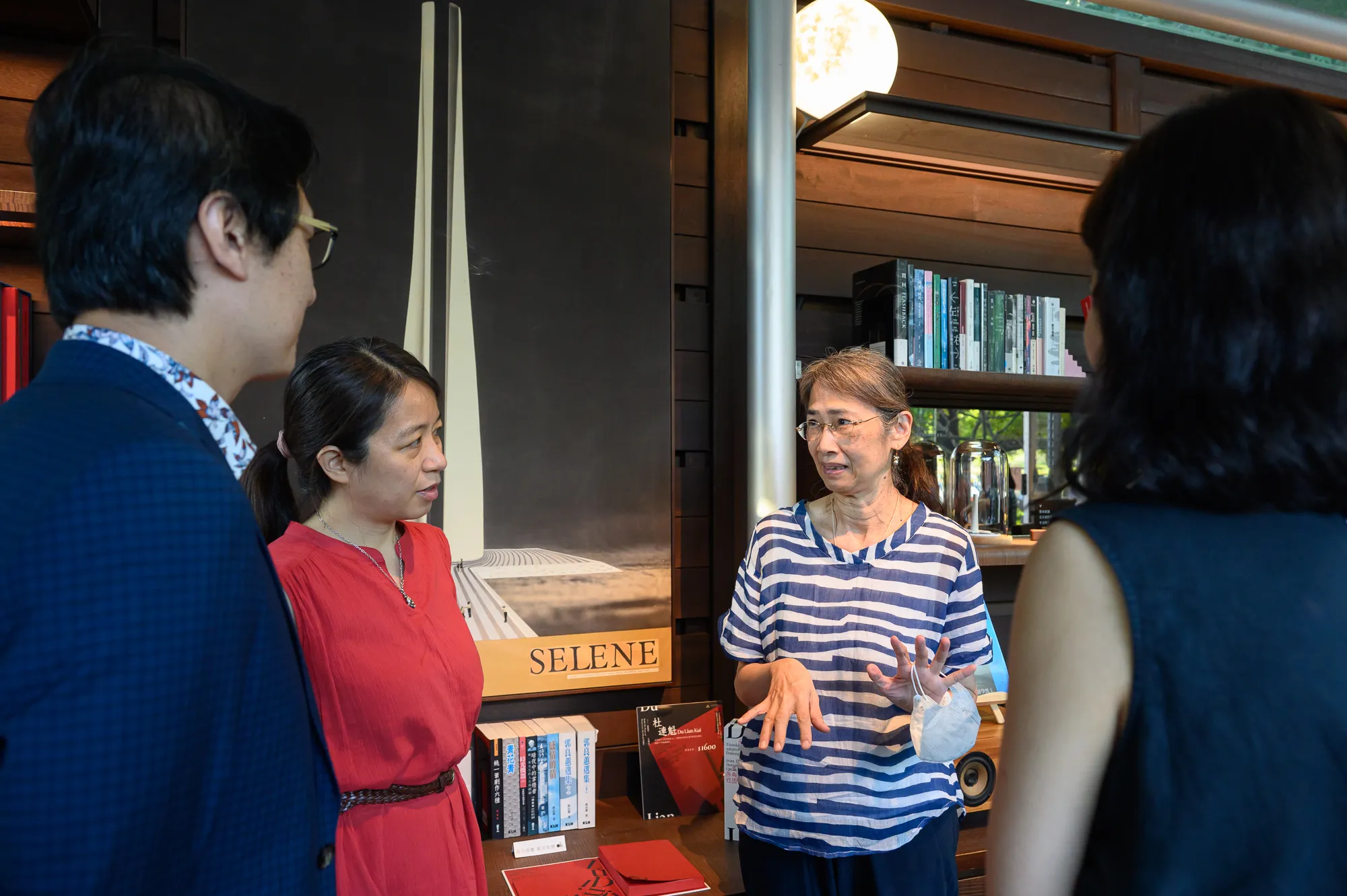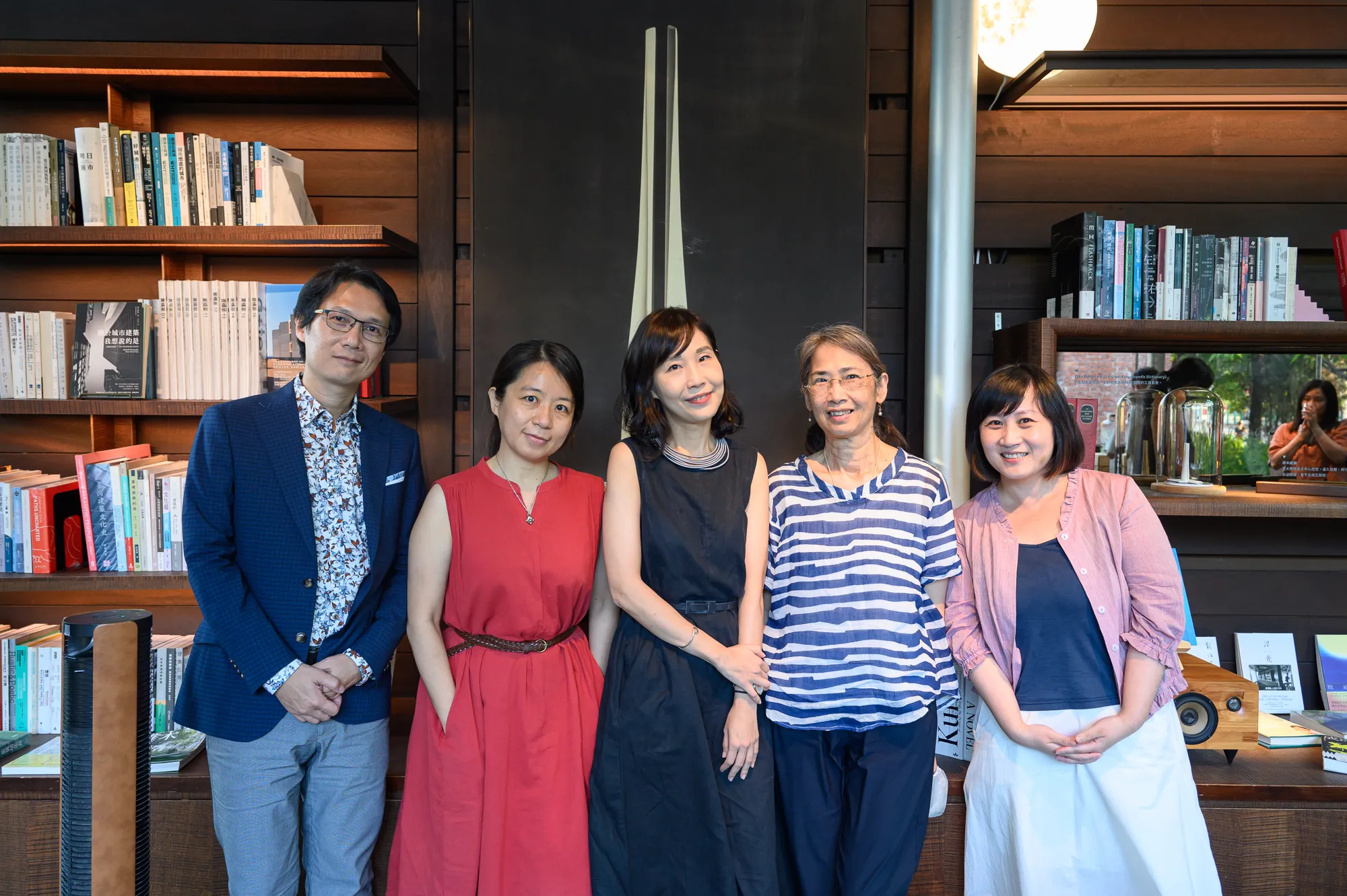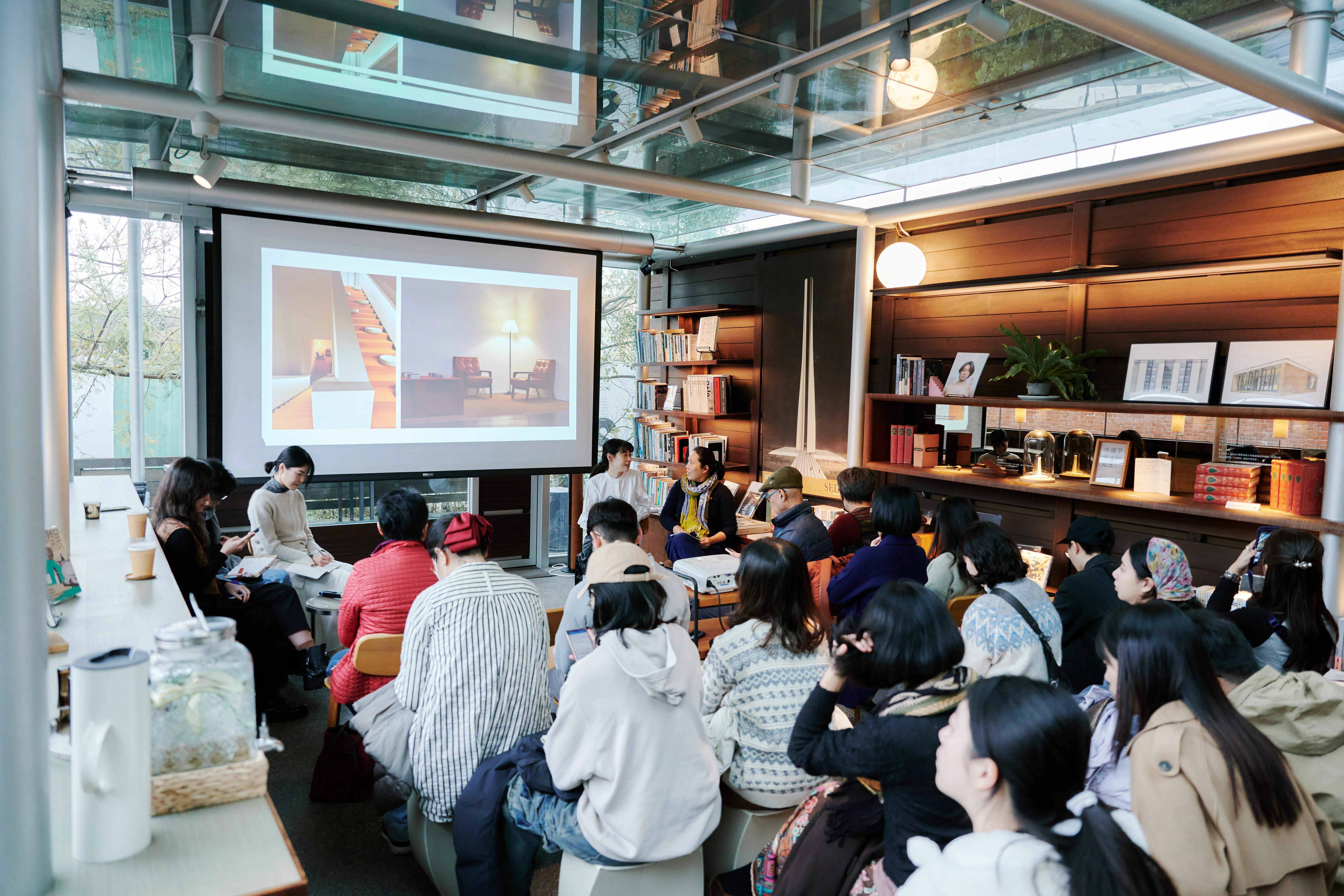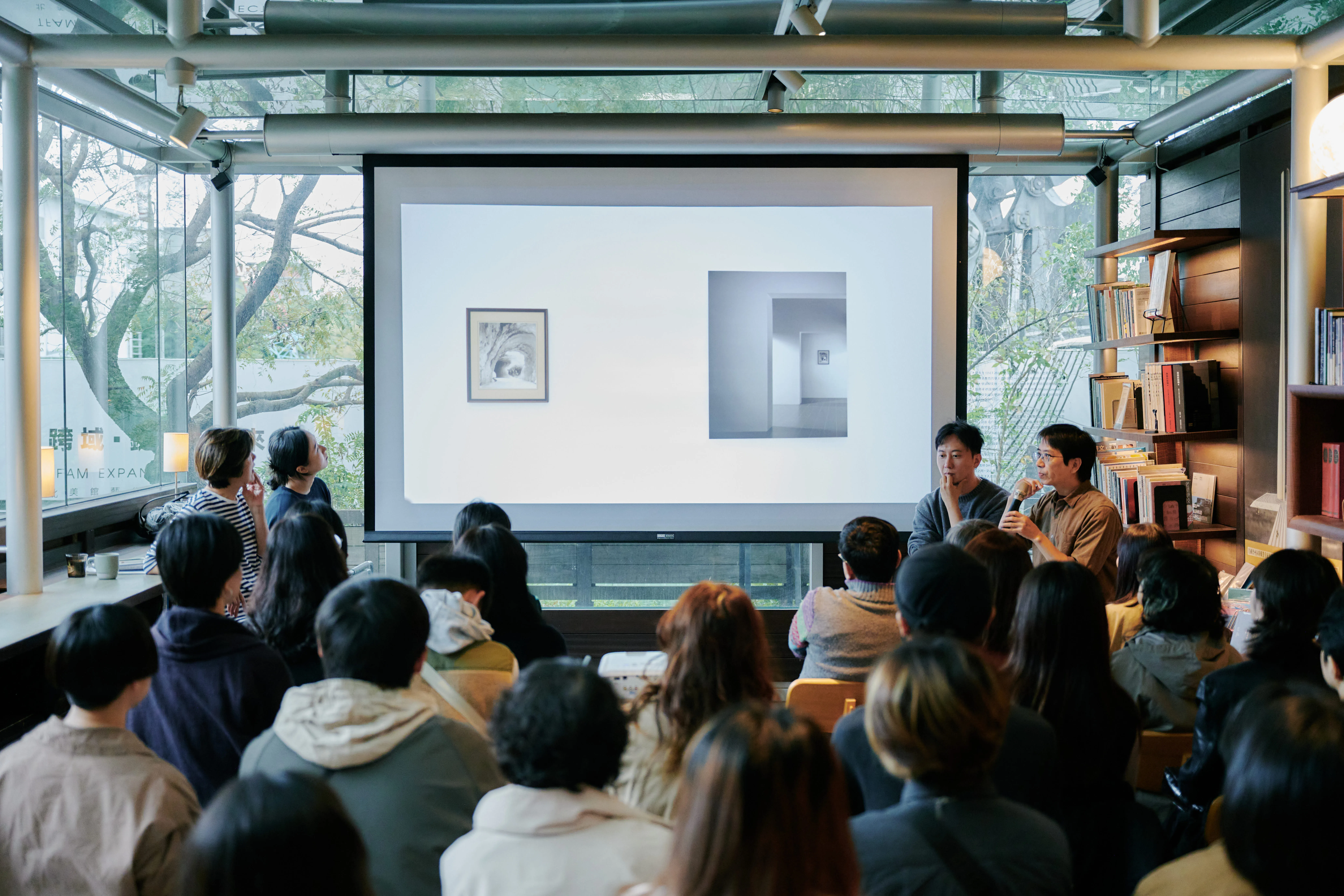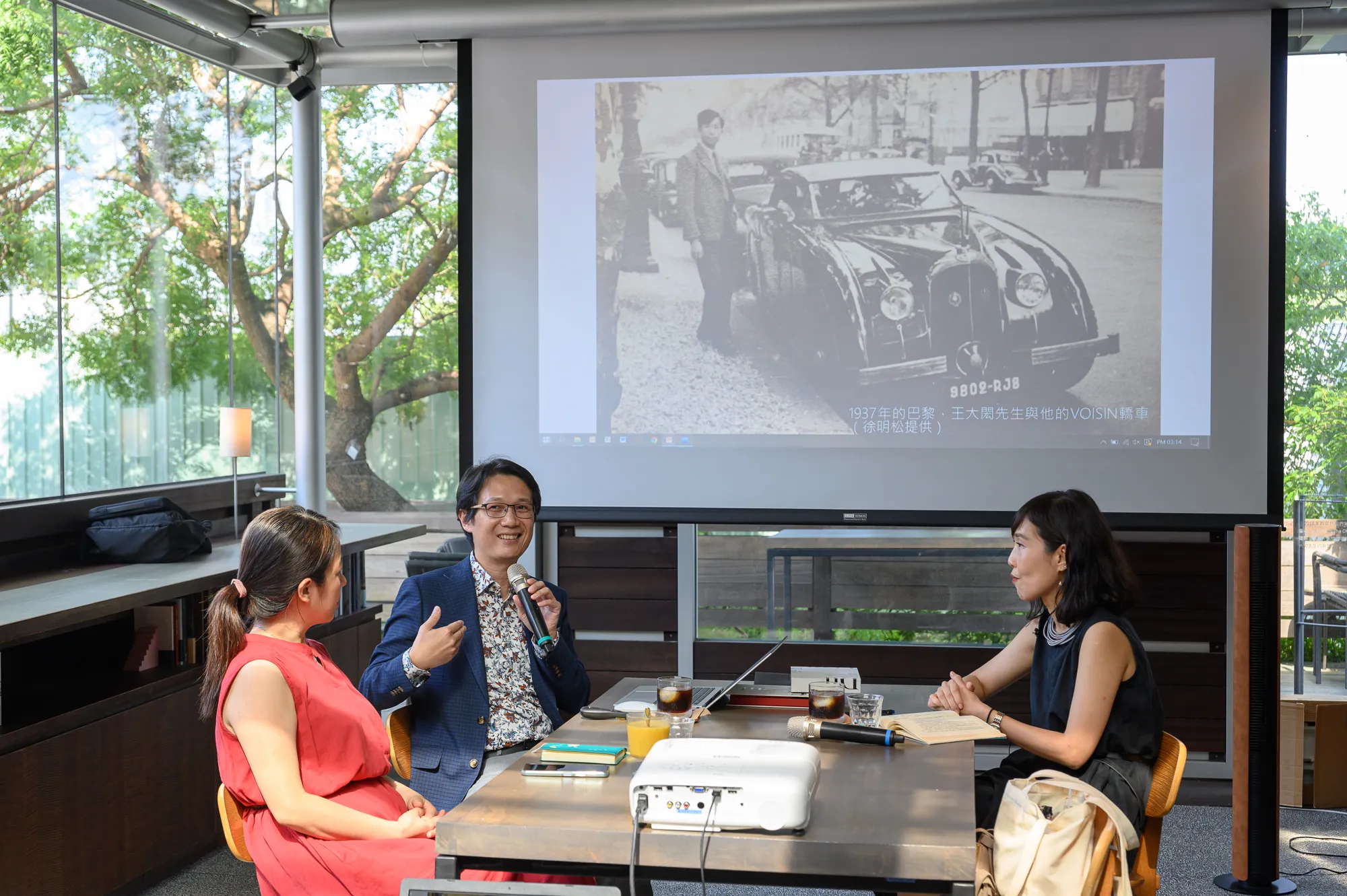
Chimera Literary Salon| A Portrait of Fin-de-Siècle Aestheticism—Europe in Da-Hong Wang’s Du Lian Kui
Speakers
Lau Shilong Associate Professor, Department of Chinese, National Tsinghua University
CHAN Shu-Wen Assistant Professor, Department of Chinese, National Chengchi University
presiding
Yang Jia-han, Associate Professor/Writer, Department of Chinese Literature, National Tsinghua University
locations
Wang Daishui Shuxuan (No. 153, Section 3, Zhongshan North Road, Zhongshan District, Taipei City)
fees
$150 (DISCOUNTED BOOK PURCHASE)
Event Content
Wang Daizhi, the first generation of Taiwanese architect after the war, presented Wilde's classic novel “The Portrait of Gray” with ten years of light (The Picture of Dorian Gray) The scene was moved from Victorian London to Taipei in the 1970s and translated into Dulienqui, which belongs to his era. Through the transformation of time, Wang Daei not only allows us to see a common fable about humanity, but also buried its aesthetic thoughts and observations of Taipei in the plot of the novel. In 2021, a new production was produced by the Wen Shin Art Foundation, curated by the Wen Shin Art Foundation, in collaboration with the Wang Daishi Architectural Research and Preservation Society.
This series of lectures was specially invited by Yang Jia-han (Associate Professor/Writer in the Department of Chinese Literature, National Tsinghua University) to analyze from a literary perspective, introduce Du Lianqui to present Taiwan, and discuss the meaning of reading classics for modern readers; while exhibiting in the works MR. WANG DAICHI'S REFLECTION ON THE TIMES OF THE PLACE AND BROUGHT EVERYONE “CLOSER TO WANG DAICHI” FROM THE VIEWPOINT OF THE BUILDING.
The third session of the lecture will invite Mr Lung (Associate Professor, Department of Chinese, National Tsinghua University) and Chen Shu-wen (Assistant Professor of Chinese at National Chengchi University) to discuss exotic themes and cultural translations in Tu Lien Kui's book. Both speakers are experts on how European culture is transmitted to Taiwan and China, where exotic styles drive and construct literature, and are the focus of their attention. What European elements permeate Durenque? And what kind of European image does it bring to Taiwanese readers? How does Wang Daishi link his writing and translation on the delayed drowning of Mei?
FROM THE WEST TO THE EAST, FROM LONDON TO TAIPEI, DU LIENQUI TRANSPLANTS THE LIFE EXPERIENCES AND FEELINGS OF OTHERS THROUGH REWRITING. WANG DAICHI ALSO REVISITED THE CULTURAL PECULIARITIES OF “CHINESE-WEST MERGER” TO AVOID ISSUES SUCH AS CULTURAL IDENTITY, IDENTITY, BELONGING, DIVERGENCE AND COMPETITION IN THE CONFLICT BETWEEN SELF AND OTHERS. I hope that readers will be able to understand the depth of each of them by reading Dulinqui in the correspondence of different cultures.
Event Review
A work of literature can be reborn in many ways, one of which is to reach more people through translation, through the charm of the text, to draw people into a new world of different cultures; readers from different backgrounds can also find a resonance to open up the possibilities of communication in this time of growing opposition. Wang Dao, who studied in Europe at a young age, developed an interest in reading widely since his student days, and became involved with many important writers of the Enlightenment, such as Voltaire, Portelaire, etc. Later, even though the architect was busy, he maintained the habit of reading. As a knowledgeist who is well versed in European and Central and Western cultures, Wang Dai has an oriental attitude and an understanding of life in the West and constantly seeks his cultural position through creativity, between East and West, new and old. With the addition of many of King's own imaginations and references to the fables, the “Duranqui” was not a true translation of the original by Wald, perhaps he was a lyrical literary consignation between “translated” and “untranslated.” In the course of a conversation with his work, many possibilities can be guessed from the changed plot, and there is a chance to discover the unknown King of God himself, which is one of the meanings of re-reading his work as a contemporary reader.
